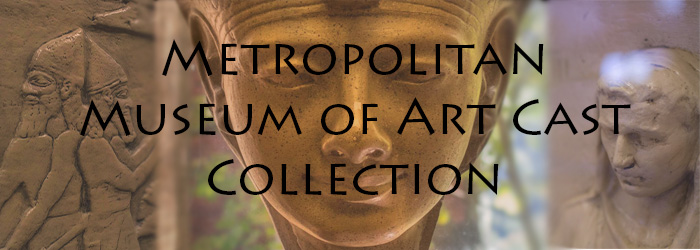
Description
Plaster cast of a relief panel found at the ruins of King Ashurnasirpal II's palace. Original housed in the British Museum, circa 9th century BCE.
Publication Date
1978
Type of Artwork
Relief
Time Period/Geographical Region
Ancient Near East
Height (cm/in)
88.9 cm / 35 in
Width (cm/in)
210.82 cm / 83 in
Depth (cm/in)
7.62 cm / 3 in
Disciplines
Ancient History, Greek and Roman through Late Antiquity | Sculpture
Recommended Citation
Morehead State University. Camden-Carroll Library., "Assyrian Relief representing a Return after a Victory" (1978). Metropolitan Museum of Art Cast Collection. 20.
https://scholarworks.moreheadstate.edu/metropolitan_art_collection/20
Files
Download
Download Image (789 KB)


Comments
This carved panel made for the Neo-Assyrian ruler King Ashurnasirpal II was originally displayed in his palace in the ancient city of Nimrud. The gypsum wall panel shows the return of the Assyrian army in triumph carrying their standards. Assyrian soldiers count and stack the heads of the enemy, while musicians play stringed instruments. In the upper part of the relief panel is a bird of prey bearing a man's head in it's talons. There is also an inscription in cuneiform, one of the earliest systems of writing, invented by the Sumerians around the year 3500 BCE.